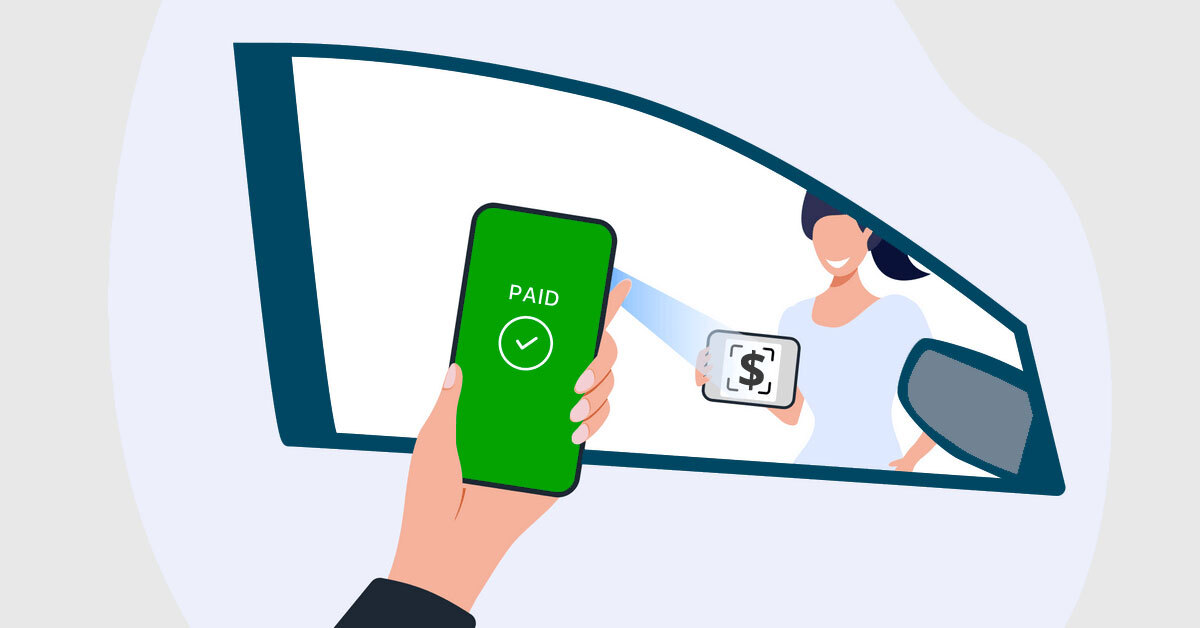
12 Jun Increasing Patient Confidence and Reducing Fears with Contactless Payments
Pediatric practices can increase confidence with their patients and improve copayment and bill payment retention, by offering the option of contactless payments. Practices can also reduce negative sentiment from overcrowded waiting rooms by letting patients check-in conveniently and remotely from parking lots. They can then head straight to their treatment rooms. And, leveraging this technology now can streamline patient data and reduce anxieties.
A Shifting Trend with Consumers
The trend toward digital experiences and contactless technology is shifting with demand. Consumers expect to pay this way. Millennials who grew up with computers are now looking for medical practices that offer digital payments and digital interactions.
“Currently one-third of the workforce are millennials. Over 90% of millennials are using their smartphone but more interesting than that is that over 80% are interested in a contactless environment where they have the ability to save a payment card on their smart device or use a website to save that payment card information securely. It can be a credit card or an HSA card that can be saved securely and leveraged for future interactions. It could be for a copay,” said John Jacobs, VP of Business Development at Instamed, a J.P. Morgan company.
With contactless payments, a patient doesn’t have to carry their credit card or take out their smartphone. And, if the person’s iPhone is stolen, for example, Apple uses fingerprint technology so a thief cannot gain access to any credit cards stored on the device.
Contactless payments use near field communications (NFC) and radio frequency identification (RFID). The smartphone can communicate with the practice’s payment reader when the patient is within close proximity. This presents a sigh of relief for patients and consumers in general as they have growing fears and anxieties with paper currencies.
Linda Kirkpatrick with Mastercard said that more store merchants are putting up signage at their registers (point of sale, POS) that state ‘Please use contactless’ and medical practices can spearhead these initiatives to keep the public safe.
With the pandemic, people are afraid to handle cash or touch keypads on credit card readers. About 27% of businesses have switched to contactless payments. Hence, contactless payments once deemed a niche technology with millennials, is now taking center stage.
It Starts with a Relationship
Offering contactless payments can ease a lot of tensions. And, medical practices are pivoting toward this trend. Not only can it ease their patients’ fears, but it comes with a few conveniences. Take a remote check-in process, like a curbside arrival solution.
Let’s say a parent asks a caregiver to bring a sick child to the doctor’s office but they forget the child’s HSA card. The parent can use contactless payment for the co-pay, thereby optimizing the patient experience. Additionally, express check-in through a curbside arrival solution is a convenient feature.
“With Curbside Arrival, parents can check in their child in the parking lot. They can show up and see the room they’ll be treated in instead of waiting in the waiting room. They can pay their copay from the car”, stated Jacobs. Another option is Telemedicine which allows practices to treat patients remotely. And, these fast and convenient services are in high demand.
Contactless Payments: The Digital Trend for Today
While the coronavirus has hurt how people do business, contactless payments can increase patient confidence and reduce anxieties. People are already on edge from social distancing. Hence, restarting daily living habits has become a highly-stressful time.
Medical practices utilizing contactless payments can create trust and improve their patients’ health confidence. This new dialog can include marketing about contactless payments and active patient engagement. Additionally, features like Curbside Arrival and Telemedicine provide quality care that’s convenient and consistent. Providing information on contactless payments helps the new ideation take hold that ‘My healthcare provider cares’ which leads to muscle memory and a positive behavior that sticks. Hence, the only thing patients should have to worry about tomorrow when they go to their doctor’s office – is where to park.
Now is the time to leverage new digital technologies as you prepare your practices for the new tomorrow.



